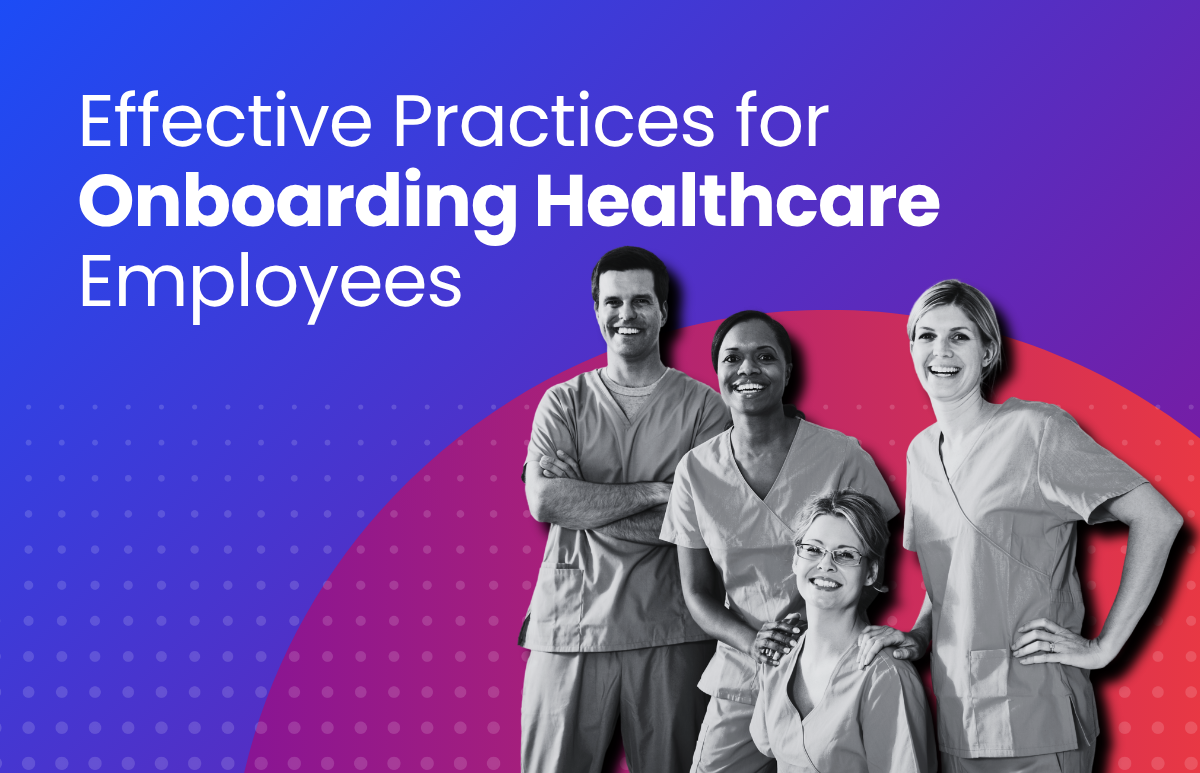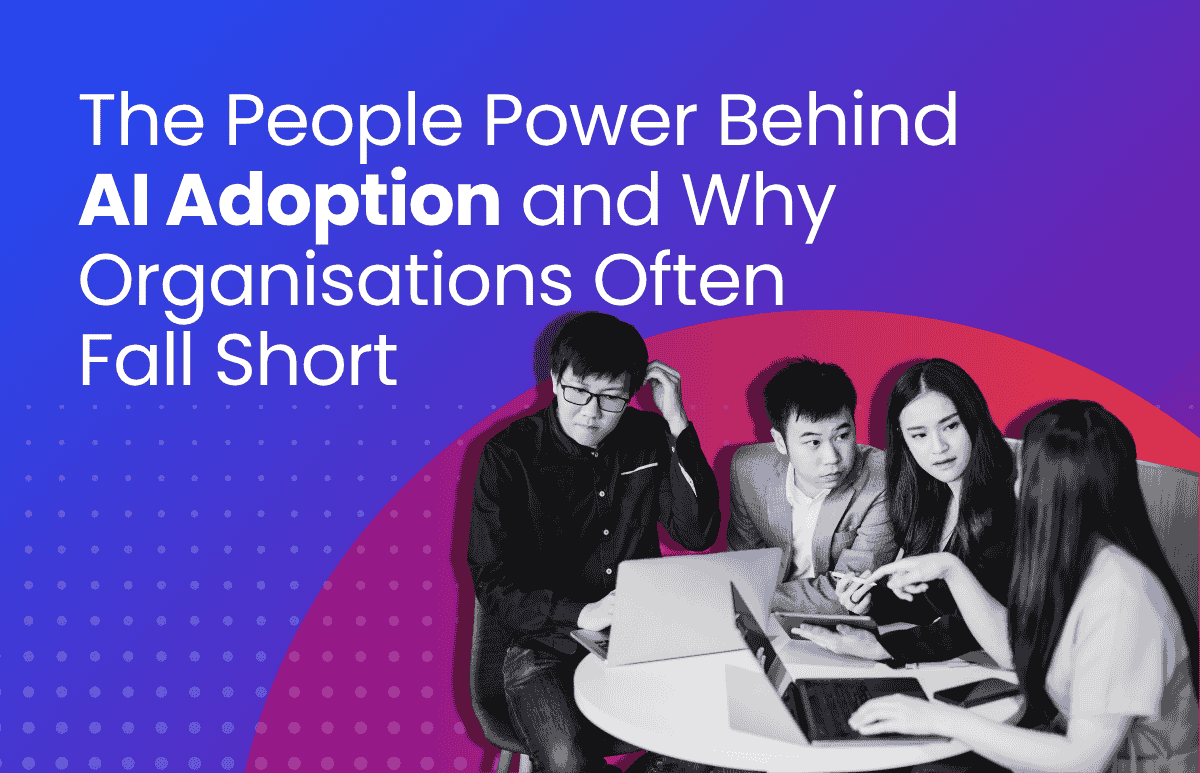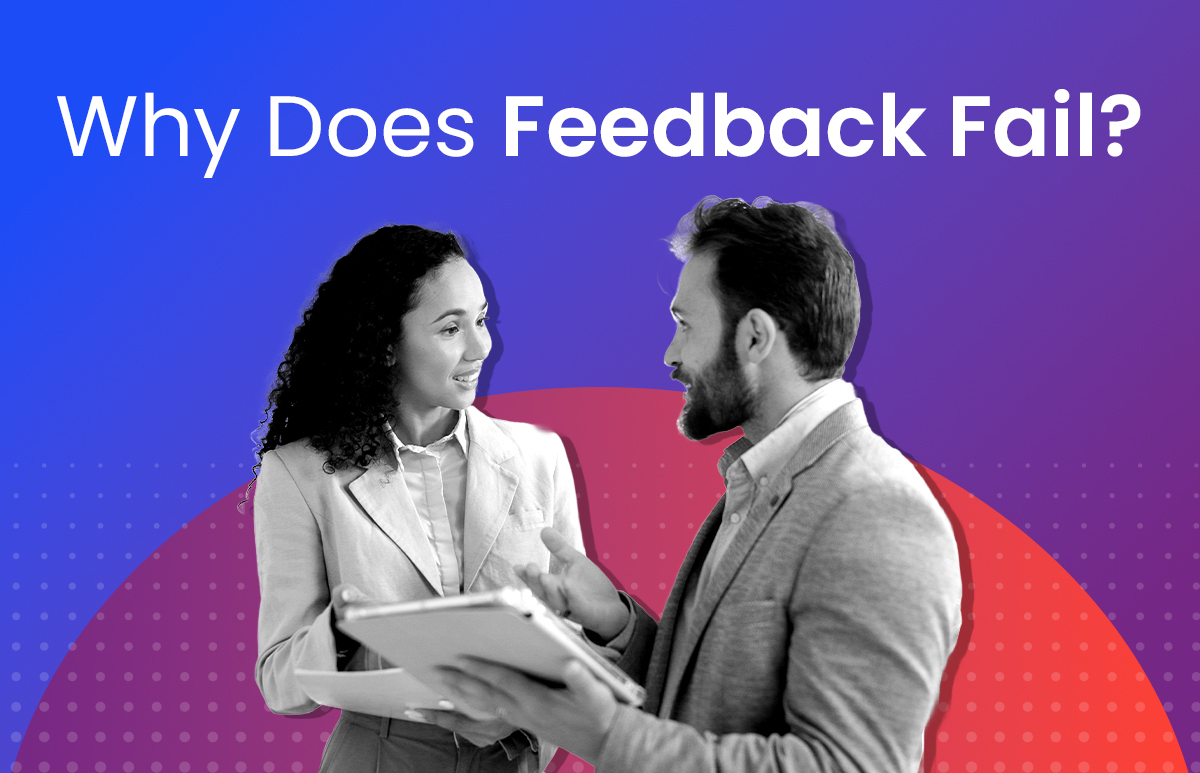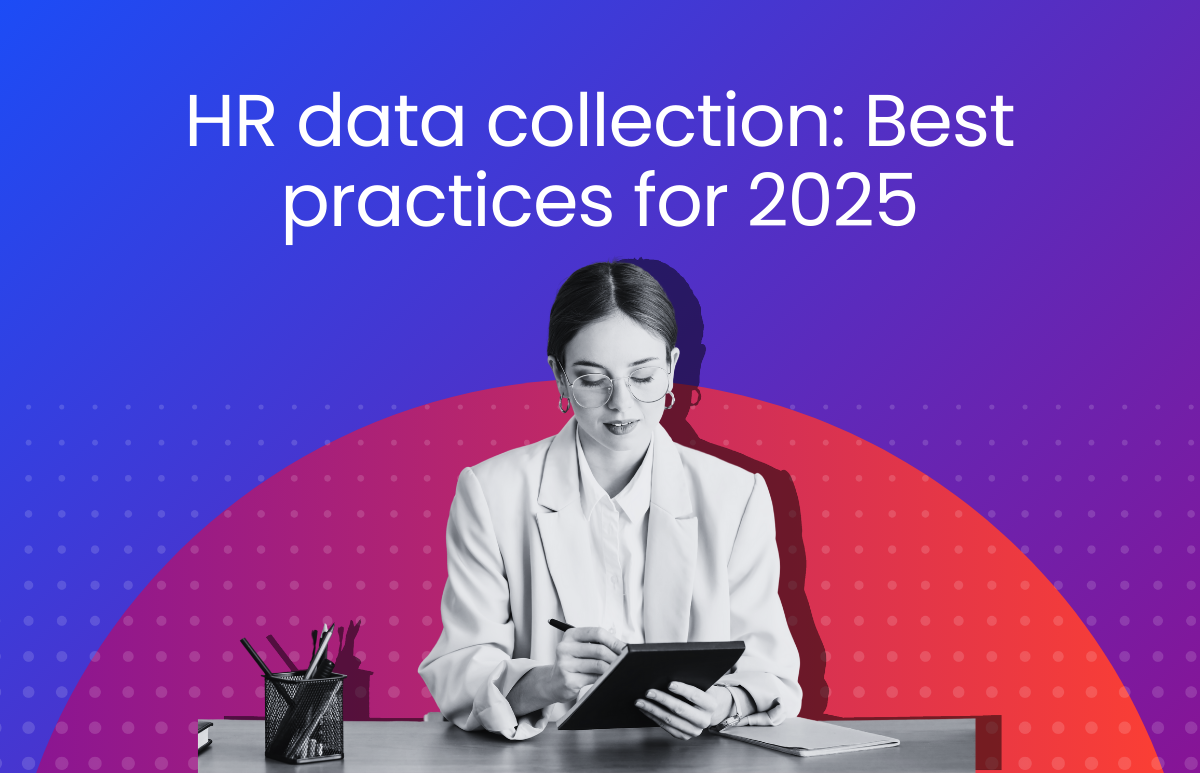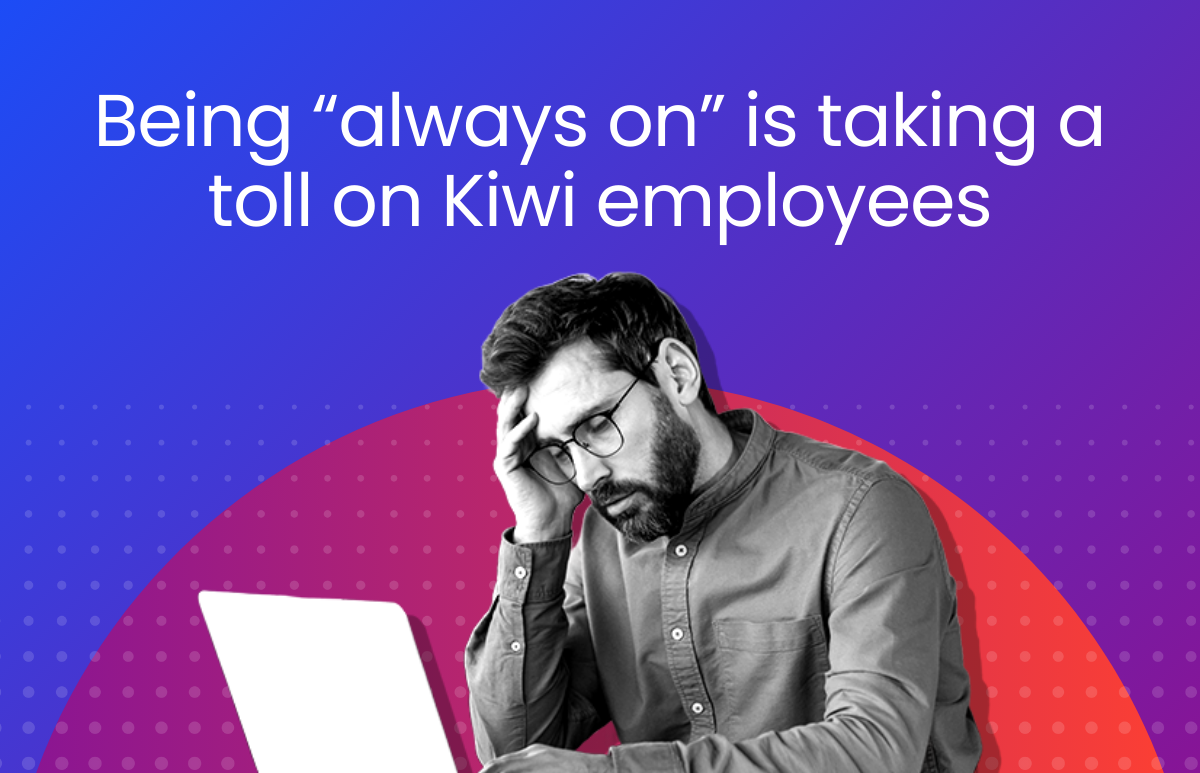Closing the Gender Pay Gap Panel Session: 5 Key Takeaways to Inspire Your Strategy

We recently hosted our first ‘The Voice of HR’ panel session, designed to equip and empower the HR community to face their most pressing challenges. To kick off the series, we focused on the Closing the Gender Pay Gap Bill – the new legislation that will see the gender pay gaps of Australian businesses with 100 or more employees published online from early next year.
We brought together a panel of expert speakers to discuss the new legislation and the topic of the gender pay gap more broadly. They included
- Dr Samone McCurdy, Executive Manager – Capacity Building, the Workplace Gender Equality Agency
- Teena Wooldridge, Director of Marketing, APAC Talent Solutions, LinkedIn
- Jodi Paton, Chief People Officer, The HOYTS Group
- Sunita Gloster AM, notable Gender Equality Advocate & Non-Executive Director.
Over the space of an hour, they shared insight and experience across a whole range of topics from remuneration review tips to the problem with hiring based on experience alone.
Here’s a recap of our favourite insights.
The gender pay gap as a catalyst for conversation
Since 2012, it has been a requirement for organisations with 100 or more employees to provide information on salaries, workforce composition, and performance against key gender equality indicators to the WGEA each year.
While the reporting element is not new, the publication of the data from early next year will naturally shift the focus from awareness of the issue to long-lasting, meaningful action. The new legislation will put employers under the spotlight, encouraging them to examine the causes behind their gaps.
“The gender pay gap [legislation] is not about sticks or carrots. It’s actually about a catalyst to have the conversation, to take a deeper dive, and to make sure that with WGEA as both a regulator, but also an influencer and an advocate, is assisting employers to provide a gender equal experience for their employees across the employee lifecycle,” as Samone says.
“I know that everyone sitting here understands that it’s not just about the numbers, it’s about asking what is the quality of the experience? And how do we equip our organisations to change that?”
Find out more about the legislation and how you can take action via the many useful resources on the WGEA website.
Building the capacity of your line managers
When we think of tackling the causes behind gender inequality in the workplace, often it’s HR leaders and the C-suite who come to mind. However, our panellists talked about the need for a “coalition of change” within businesses, bringing together HR professionals, CEOs, boards, and line managers to foster an inclusive and equitable environment.
Too often, managers have been left out of this equation, despite their crucial impact on the employee experience. When that happens, the values that an organisation aspires to become filtered down to the point that they’re no longer recognisable.
So rather than only taking a top-down approach, the law aims to create a coalition of influences cascading from the board and the CEO down through HR and managers, ensuring that everyone has the right knowledge and capability to deliver on the promise of a gender-equitable workplace.
Importantly, that means educating managers on gender-equitable practices, as well as implementing frameworks to identify biased structures within the business – many of which are inherent. From the way recruiters write a job description to the pay rise process, opportunities for bias are rife.
Implementing remuneration frameworks and policies
When asked about the specific initiatives their organisations have used to help reduce the gender pay gap, remuneration policies were a central theme for several panellists. That’s because it’s easy to perpetuate a gender pay gap, or even make it worse, if you do not consider your remuneration practices through a gender lens, especially for salary reviews.
“One of the things that has shifted the pay gap for us over the last couple of years is really being conscious when we’re talking about salary reviews that we’re looking at the range within that group, and making sure that it’s reasonable and not biased in terms of gender,” one of the panellists said.
Another tip was to ensure that anyone who has been promoted or received a pay rise out of cycle is still considered during the annual pay review process. Simply discounting them from the process because of an earlier increase creates a risk of falling behind compared to other employees at the same level.
Similarly, it can be beneficial to conduct interim pay reviews rather than one annual process. It’s also important for HR to be involved in salary reviews to evaluate the impact any increases will have on pay parity at a like-for-like or similar role level.
Taking a gender lens to organisational policies
It’s not just remuneration decisions that impact an organisation’s gender pay gap. The panellists discussed the vital importance of considering how things like flexibility will impact both men and women differently, especially when designing policies for a post-pandemic workforce.
Many organisations are still working through what a ‘return to the office’ might look like in the long run, and doing so without thinking about the implications could be detrimental to any aspirations of a gender-equal workforce.
“One of the silver linings that came out of the pandemic is that the household management and care of children became more equal than it ever has been,” one panellist said.
“How do we hold onto that, particularly if we’re encouraging or being more prescriptive around people coming back to the office? Because it’s going to be the women who are opting out first. They’re the ones who are going to say ‘I can’t do this’ if the primary care falls back to them.”
Focusing on skills
We all know how fundamental the recruitment process is for gender equality. It’s often the first point of contact for an applicant, and it’s a process that, whether knowingly or not, can be underpinned by gender stereotypes.
To tackle this issue, our panellists talked about focusing on skills over experience. Rather than recruiting in a prescriptive manner that aims to find a candidate who fits the mold based on their last job, advertise and hire based on skill. For example, LinkedIn’s Skills First Report found that when jobseekers were shown how their skills overlapped with a job posting, the increase in women applying was 1.8x the increase observed in men.
And it’s not just relevant to recruitment.
As one of the panellists says: “Focus on skills. Whether that be recruiting for skills, paying for skills, or promoting for skills.
“If you focus on skills versus experience and create your compensation framework based on that, you’re going to achieve pay equity a lot quicker.”
 HR Core
HR Core 
